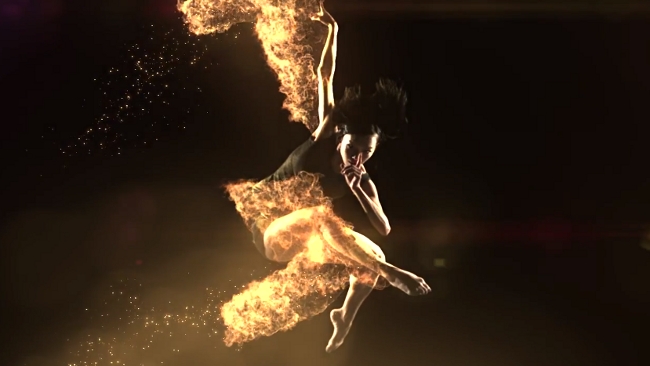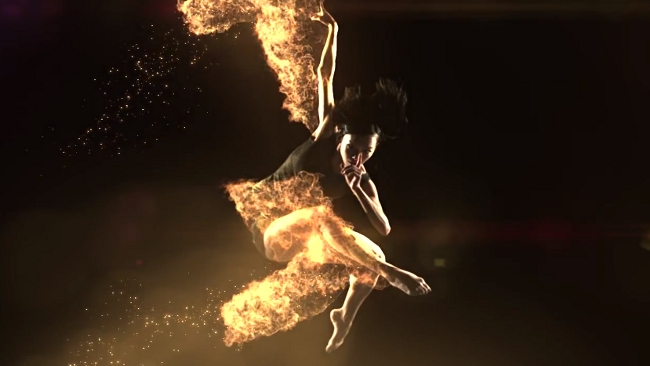

The aptly named Phoenix Dance Theatre delivers a sizzling super-slow motion stunner, thanks to the Phantom Flex, Maya, and some nimble footwork
As I’m sure you know, the world takes on a different feel when played back at impossibly slow speeds. Quick, kinetic action melts into serene fluidity as the boundaries of an ordinary second get stretched taut like a canvas waiting for paint. For the Phoenix Dance Theatre in Leeds (UK), the brushes are strong, athletic legs and the strokes adorned with computer generated fire.
How slow is slow?
Director Greg Clarks came up with the bright idea to marry slo-mo with CG fire, and looked to the Phantom Flex camera to capture the time-altering video. For the uninitiated, the Phantom Flex from Vision Research has the capability to record video at an astounding 10,750 frames per second (albeit in standard definition). Obviously, the frame rate scales indirectly with resolution, and employing the company’s proprietary HQ mode for image stabilization, higher dynamic range, and less noise, cuts the resulting frame rate by another half, meaning 1080 HD HQ capture tops out at 1,275 fps. By all accounts, the camera performed admirably, rendering crisp, clean frames of action, the perfect starting point for the 6 months of CG work.
6 months of CG work?!
Okay, that 6 month figure is a little misleading. Editor Ben Daure had never used Maya prior to joining the production. A colleague, Chris Burks, gave Daure a crash course in Maya and built the original rig for the CG flames. Daure spent half a year literally playing with fire. Of course, a seasoned Maya vet could probably turn around such a project in a week or two, but Daure’s effects (and the work as a whole) definitely holds up under examination. And, in his defense, it’s easy to lose track of time when you’re making people burst into digital flames.
Tags: Post & VFX


Comments